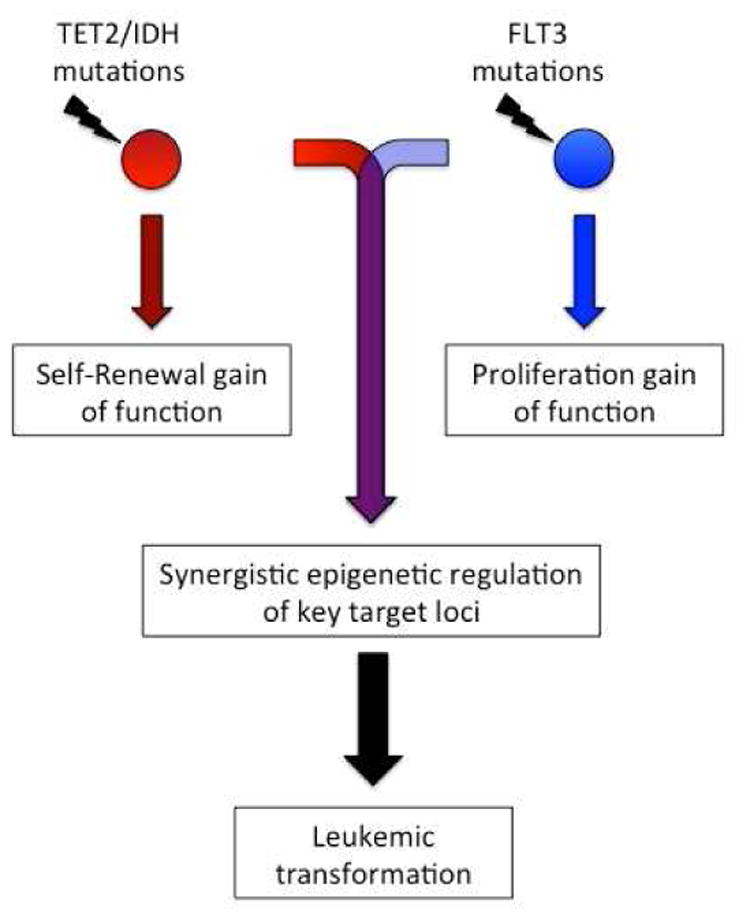Figure 1. Schematic representation of mutational cooperativity during leukemogenesis.

Individual mutations in genes that impact on DNA methylation such as TET2 or IDH1/2, remodel the DNA methylome of normal HSCs resulting in enhanced self-renewal, but do not provide the necessary proliferation stimulus to drive leukemic transformation. In contrast, mutations in the tyrosine kinase receptor FLT3 drive proliferation, leading to the onset of a myeloproliferative neoplasm but lacking the ability to directly precipitate acute leukemia. Combined mutation of TET2/IDH and FLT3 facilitates a synergistic reprogramming of key genetic loci which is required for leukemic transformation and is likely required the maintenance of leukemia propagating cells.
